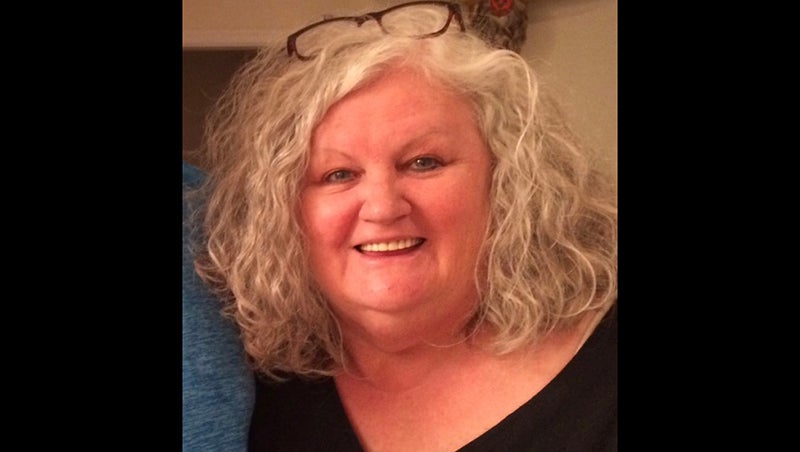One on One: The great floods of 1916 and 2024
Published 4:27 pm Tuesday, October 15, 2024

- D.G. Martin
|
Getting your Trinity Audio player ready...
|
By D.G. Martin
One of Miss Letitia Currie’s favorite topics in her history class in the 1950s at Davidson Junior High School was the Great Flood of 1916.
Miss Currie was the daughter of a Davidson College professor.
Many of her students also knew what she was talking about because their parents had experienced that 1916 flood and talked about it whenever rain poured down hard.
Today, many of Miss Currie’s students, their parents and grandparents, great grandparents, and their children and grandchildren are having a similar experience dealing with the flooding that followed Hurricane Helene.
And they will be talking about it for the rest of their lives, calling it “The great flood of 2024.”
“News of Davidson,” the news outlet in my hometown, published the following account by Gatewood Payne Campbell, granddaughter of Davidson professor Gatey Workman and niece of the late, great opera singer William Workman. Gatewood and her husband Johnny live near Black Mountain.
“Life has stopped. We don’t know dates or times. Sirens are 24 hours a day. It’s relentless. Helicopters invade our sky. Chainsaws sound nonstop and we run outside in hopes it’s in our neighborhood …
“Let me back up. We awoke around 6 Friday morning without power. The storm was loud and pounding but we didn’t know where we were in the storm. We could not get updates. Around 8:30 we lost internet across cell lines. I called a friend and got her to look at radar and let me know an ETA on rain ending. That was the last call I was able to make. By 9:30 ALL cell signal was completely lost. The rain was increasing. We could see the creek rising. Johnny stepped outside under the porch and was soaked from head to toe after 30 seconds.
“Around 11 we felt like we could go out and survey the neighborhood. We began to feel the weight of the destruction, yet we had NO clue. The creek had turned into a river greater than 50 yards wide. The noise of water heaters, propane tanks, bikes, grills, construction supplies and yard equipment banging on the rails of our bridge to Black Mountain was deafening. We saw two neighbors with trees on their homes and knew they were taking on water.”
Meanwhile in Asheville, Bryan King and his wife Angela Koh are assessing the damage to their 12 Bones Smokehouse on Foundry Street in the River Arts District. As I wrote in my book, “North Carolina’s Eateries,” “Even if 12 Bones had not been made famous by Barack Obama’s visits there, it would be a ‘must-do’ in Asheville.” When I first visited 12 Bones several years ago, it was located closer to the French Broad River. Had Bryan and Angela not moved the restaurant few blocks up the hill it would have been completely washed away. At its current location they may be able to repair and survive.
Angela’s sister writes, “As the floodwaters recede, we see catastrophic damage to homes and businesses, including the River Arts District, where 12 Bones was founded. Entire livelihoods have been lost. In nearly every direction you look, everything is caked in mud and scattered debris. Broken wood and mangled wiring now stand where intersections once existed.”
Coincidentally, on October 15, the publisher Blair is releasing “River Road,” a book of poems by mountain author Wayne Caldwell. His fine poetry describes the power of the flooding waters on the French Broad as shown in the following excerpt:
Selection from “River Road” by Wayne Caldwell
The French Broad, being a river, floods.
How many times over the millennia has it left its banks
and moved whatever was swept up in it
To some far away (and sometimes ridiculous) place?
Perhaps thousands. And each time it returned to its placid face.
The worst (in the last century) was in July 1916.
Asheville’s Riverside Park was washed away.
Parts of which one could have seen rushing by my house
Had it been there then. (Even this relatively high ground
Would have been inundated for several days.)
Only a half dozen people died in Asheville,
Which I’d consider a small miracle. Thanks to the telephone,
Warning came to Marshall, and only two or three drowned,
Even though the courthouse was about the only thing left
On Main Street. Fifty-Three houses disappeared.
From high ground one could have seen rushing by
Bales of cotton, houses, mules, gas tanks,
Vehicles, sheds, chickens, roosting on pieces of roof,
Tires, fences, trees, pigs, dogs, cats,
Anything not tied down – and many things that were.
D.G. Martin, a retired lawyer, served as UNC-System’s vice president for public affairs and hosted PBS-NC’s North Carolina Bookwatch.
READ ABOUT NEWS AND EVENTS HERE.
SUBSCRIBE TO THE COASTLAND TIMES TODAY!






